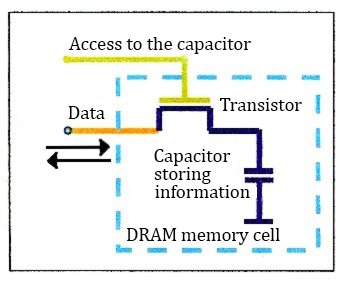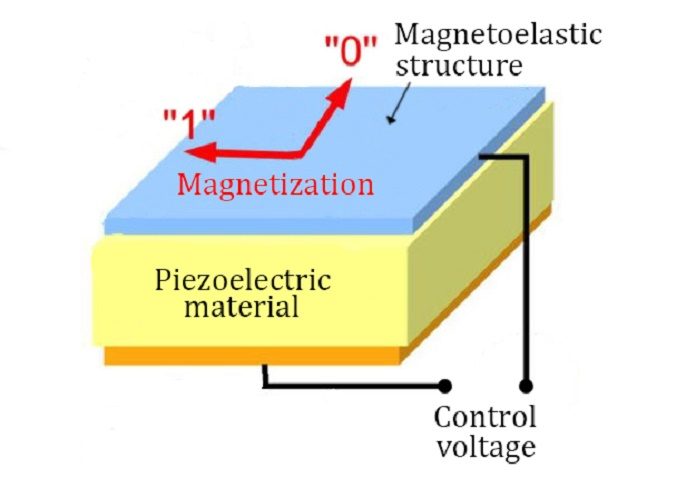Random-access memory is a part of computer data storage which stores often used program instructions to increase the general speed of a system. It is a volatile memory as it loses data when the power lost.
RAM is one of the principal components of any computer or smartphone. Dynamic RAM i.e., D-RAM is the most common type of it. DRAM usually composed of memory cells with a capacitor and a transistor. The transistor admits current into the condenser, allowing it to be charged and discharged. The electrical charge of the capacitor stores binary information.
No doubt, RAM technology is continuously growing. For example, its memory modules becoming ever faster and faster. Now, Scientists at the Moscow Institute of Physics and Technology along with collaborators have cultivated magnetoelectric random access memory (MELRAM) ie., magnetic RAM.
Principal investigator Sergei Nikitov of MIPT said, “The conventional RAM has some major limitations that can not be over come- its low energy efficiency. In this paper, we present the magnetoelectric memory cell. It will reduce bit reading and writing energy consumption by a factor of 10,000 or more.”

The magnetic RAM actually composed of two components with remarkable properties- its Piezoelectricity and magnetoelasticity.
This RAM is a piezoelectric material. Thus, it deformed in response to applied voltage and, conversely, generate voltage under mechanical stress. Secondly, it is characterized by a high magnetoelasticity. Because of this structure, it is organized differently along different axes.
When compared with dynamic RAM, the magnetoelectric memory cells are capable of maintaining their state.
At the core of the investigation is a novel information perusing component, giving a contrasting option to the refined attractive field sensors utilized as a part of prior MELRAM cells, which don’t consider simple downscaling. Through their new demonstration, scientists found a simpler way to read information, which does not require such complicated arrangements.
When a voltage is applied to the memory cell, the piezoelectric layer of the structure is deformed. Depending on the nature of the strain, magnetization assumes a particular orientation, storing information. The changing orientation of the magnetic field gives rise to increased voltage in the sample. By detecting this voltage, the state of the memory cell can be determined. But the reading operation might affect magnetization; therefore, it is necessary to recommit the value that has been read to the memory cell.
Anton Churbanov, a Ph.D. student at MIPT said, “We built a test piece about one millimeter across and showed that it works. It is worth noting that the structures we used could serve as the basis of nano-sized memory cells, whose dimensions are similar to those of regular RAM cells.”
Scientists noted, “Their solution can be scaled down without any adverse effect on its efficiency. This makes MELRAM promising for computing hardware applications mandating low energy consumption.”
